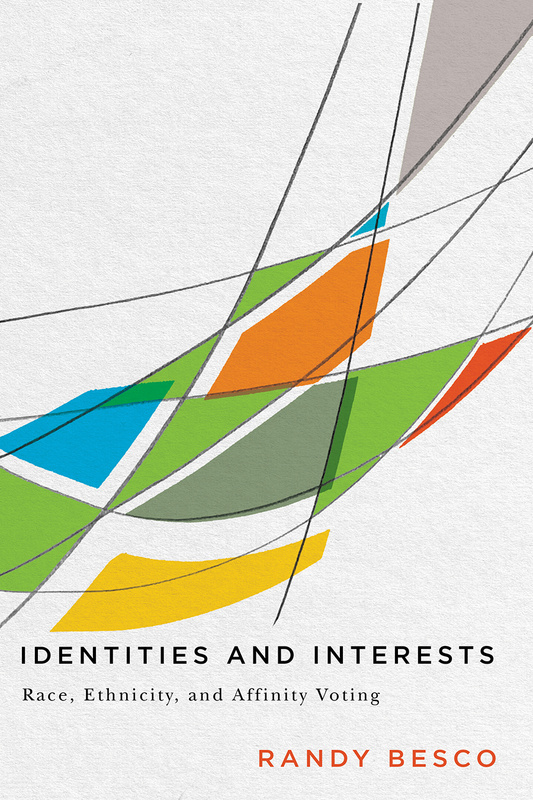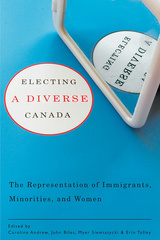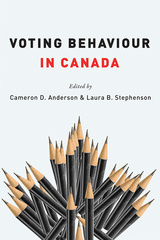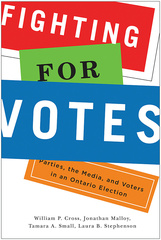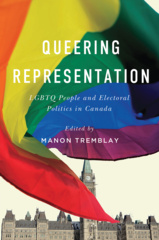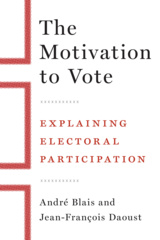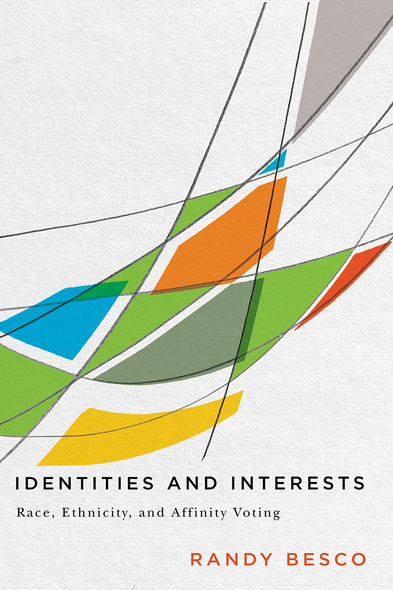
The electoral behaviour of racialized voters and politicians has captured little attention outside the United States.
Identities and Interests offers an entirely new perspective on the role of racial and ethnic identities in Canadian elections. Randy Besco combines survey, candidate, and census data with a series of experiments to show that ethnic self-identification matters far more than self-interest, ideology, or policy. The largest minority groups – Chinese and South Asian Canadians – tend to support candidates of their own ethnicity. Yet inter-minority affinity voting also reveals the potential for “rainbow coalitions” and how minorities themselves think in terms of a white/non-white divide.
Identities and Interests gets to the heart of our understanding of democracy and citizenship. While identity politics are often considered problematic for democratic debate, Besco distinguishes between pure in-group bias and the positive effects stemming from affinity voting and calls for a more nuanced evaluation of the role of identity in politics. Overall, his findings have major implications for social movements, issue opinions, fundraising, and political leadership races.
In an age of increasing multiculturalism and rising racial tension, scholars and students of political science will find this book a compelling read, as will professionals working in the political sphere.
Innovative and insightful, Identities and Interests forges new ground in revealing the dynamics of ethnic identity and voting in Canada. This 'must-read' by Besco is a welcome addition to scholarship in the politics and race and ethnicity.
Randy Besco provides the most thorough investigation, for any country, of when ethnic minorities vote for other minority candidates. Notions of identity are key. The findings are important for understanding election outcomes in any diverse democracy, and identity politics generally.
1 Introduction
2 Framing and Explaining Affinity Voting
3 Coethnic and Racialized Affinity in Canada
4 The Importance of Self-Identification
5 Ethnic Identity and Voter Behaviour
6 The Role of Interests, Ideology, and Policy
7 Affinity Voting in Federal Elections
8 Conclusion
Appendices
Notes; References; Index

